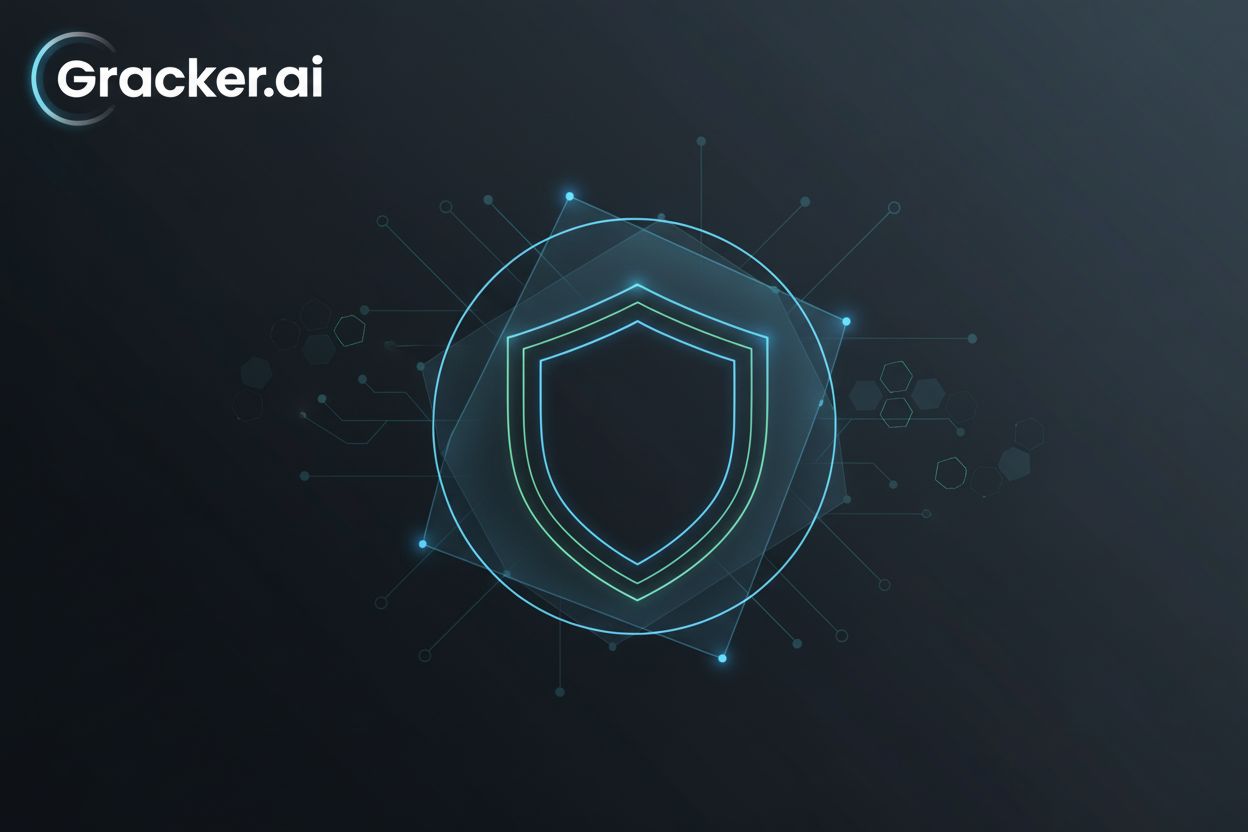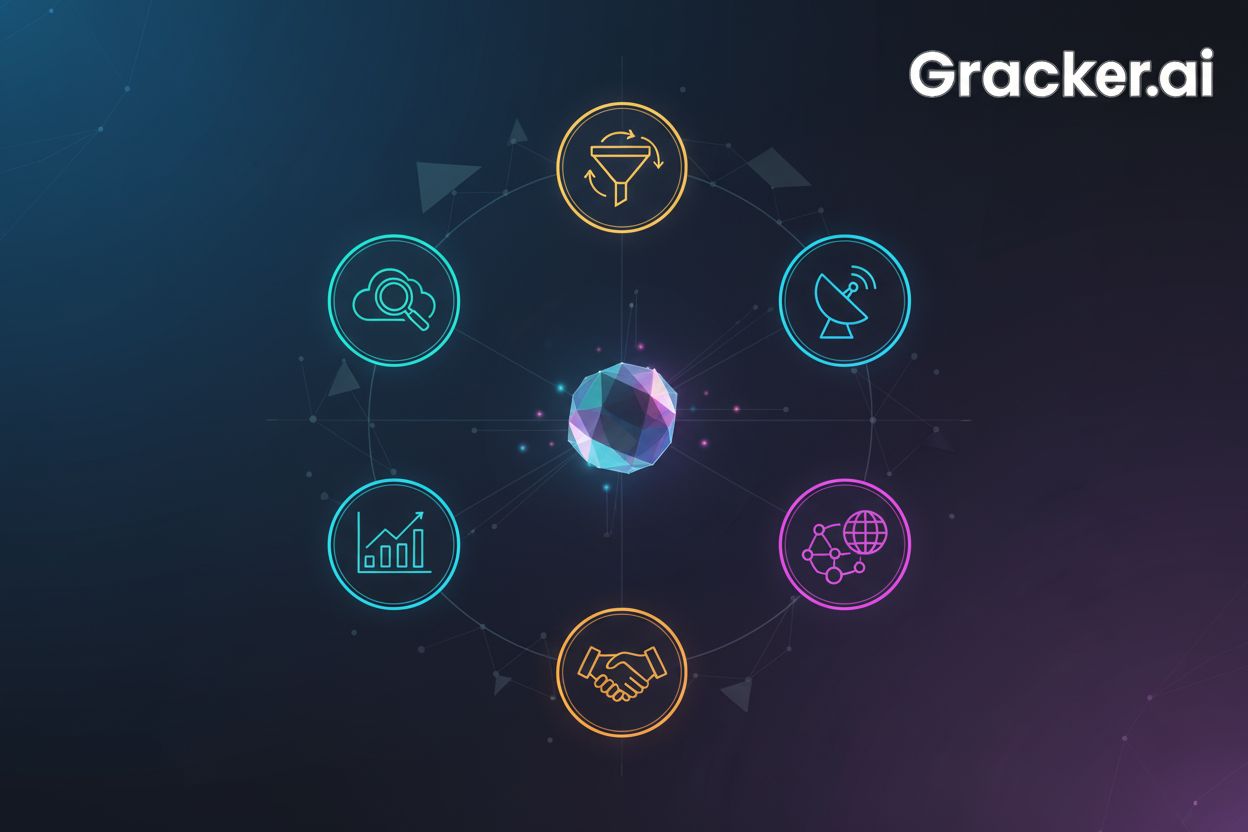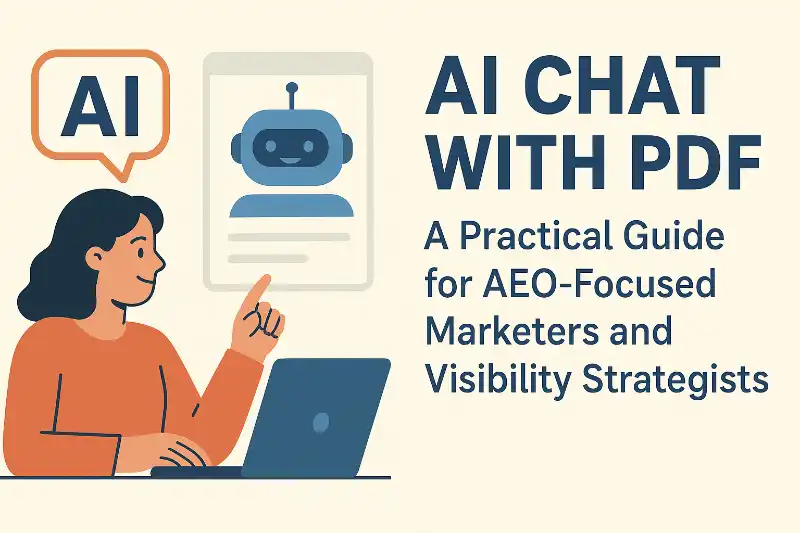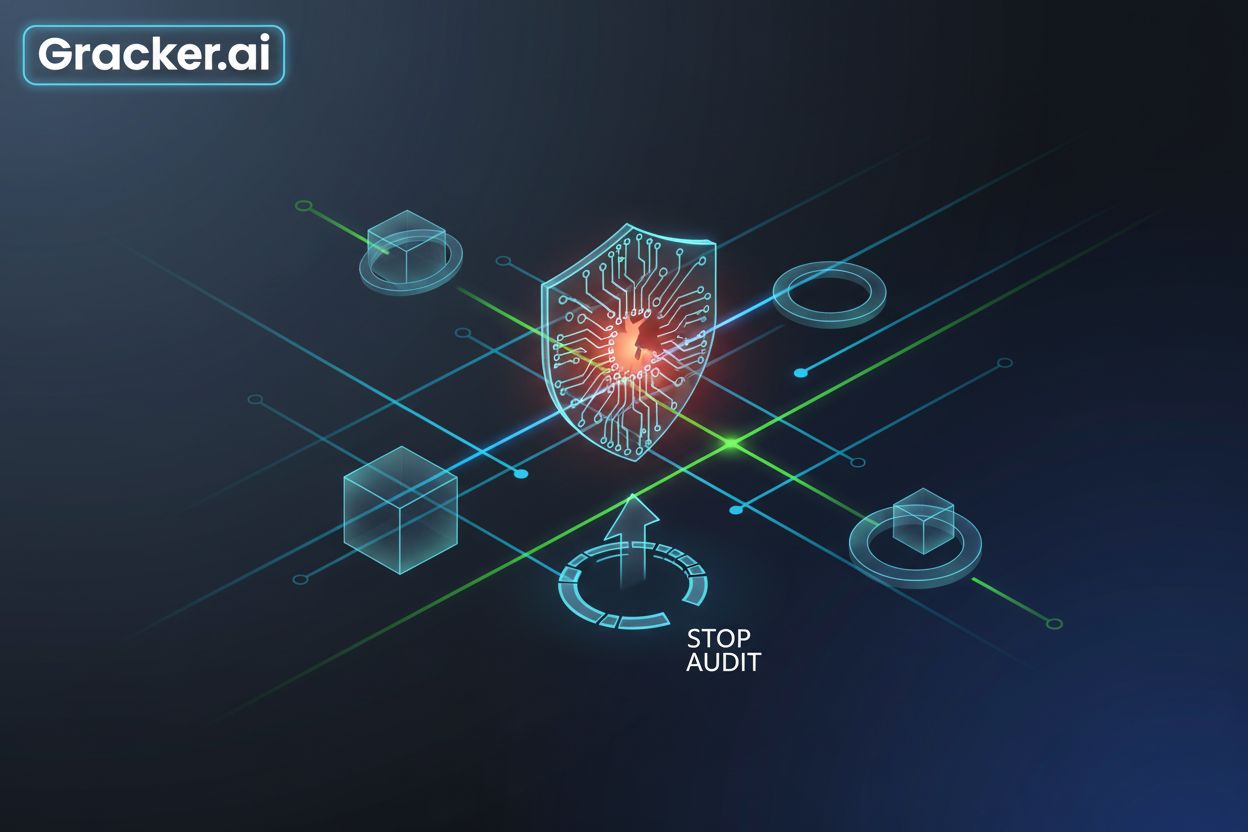What Are the Best Practices for Business Internet Security at the Network Level?

Network security attacks continue to increase every year, putting business data and systems at risk. Companies face threats from hackers, malware, and other cyber criminals who target weak network defenses. The most effective way to protect a business network is to use multiple layers of security controls that verify users, monitor threats, and limit access to sensitive systems.
Modern network security requires more than just basic firewalls and antivirus software. Businesses need advanced tools and strategies that can detect threats quickly and stop attackers from moving through their networks. This approach includes verifying every person and device, using strong authentication methods, and keeping detailed logs of all network activity.
Implement Zero Trust Architecture to verify every user and device before granting access
Zero Trust Architecture follows a simple rule: never trust, always verify. This security model requires strict verification for every user and device trying to access network resources.
Unlike traditional security that trusts users inside the network, Zero Trust assumes no one is trustworthy by default. Every access request must be verified regardless of where it comes from.
Companies using business internet packages by Digicel can implement Zero Trust to protect their networks. The framework uses three main components that work together.
The Policy Engine makes decisions about access requests. It checks user identity, device health, location, and behavior patterns before allowing entry.
Multi-factor authentication becomes required for all users. This adds extra security layers beyond just passwords.
Zero Trust also uses least privilege access. Users only get access to resources they actually need for their job roles.
The system continuously monitors all network activity. It watches for unusual behavior and can block suspicious requests immediately.
This approach protects against both external threats and insider attacks. It works well for remote workers and mobile devices.
Enforce Multi-Factor Authentication (MFA) across all network access points
Multi-factor authentication adds an extra layer of security beyond passwords. It requires users to provide two or more forms of identification before gaining access to network resources.
Organizations should implement MFA for all user accounts and admin access points. This includes email systems, cloud services, VPN connections, and management portals.
Conditional Access policies help enforce MFA requirements automatically. These policies can require authentication based on user location, device type, or risk level.
Businesses need to configure MFA for service accounts and administrative users first. These accounts have higher privileges and present greater security risks if compromised.
Mobile authenticator apps provide a secure method for the second authentication factor. Push notifications and time-based codes work better than SMS messages for security purposes.
Regular monitoring of MFA usage helps identify gaps in coverage. IT teams should check which systems still allow single-factor authentication and update them accordingly.
Training users on MFA procedures reduces support requests and improves adoption rates.
Deploy Endpoint Detection and Response (EDR) tools to monitor and respond to threats in real time
EDR tools watch over all devices connected to a network. They look for signs of cyber attacks on computers, servers, and mobile devices.
These security solutions work by placing small software programs on each device. The programs collect information about what happens on each machine. They send this data to a central system for analysis.
EDR systems can spot unusual behavior that might signal an attack. They detect things like strange file changes or unexpected network activity. This helps find threats that basic antivirus software might miss.
When a threat appears, EDR tools can respond quickly. They might block harmful files or disconnect infected devices from the network. Some systems can fix problems automatically without waiting for human help.
Real-time monitoring means threats get caught fast. The faster a business finds problems, the less damage attackers can cause. EDR tools work around the clock to keep networks safe.
Segment the network to isolate sensitive systems and limit lateral movement of attackers
Network segmentation divides a computer network into smaller, separate sections. This practice creates logical barriers between different parts of the business network.
When attackers break into one part of the network, segmentation stops them from moving freely to other areas. Each segment acts like a separate room with its own security controls.
Businesses should place sensitive systems in their own isolated segments. Financial data, customer records, and admin systems need extra protection from other network areas.
Organizations can use firewalls and access controls between segments. These tools decide which traffic can move from one section to another.
Virtual Private Clouds offer another way to separate network resources. They let businesses create isolated environments for different types of work and data.
Proper segmentation requires planning which systems belong together. IT teams must identify what data needs the most protection and build walls around those areas.
Maintain secure logging and monitoring with restricted access to logs and regular audits
Security logs track all network activities and provide early warning signs of cyber threats. Organizations need to collect data from firewalls, routers, and other network devices to monitor unusual behavior.
Access to security logs must be restricted to authorized personnel only. IT teams should implement role-based permissions that limit who can view, modify, or delete log files. This prevents tampering and protects sensitive information.
Centralized log storage makes management easier and speeds up response times. When logs from different systems are stored in one secure location, security teams can analyze patterns across the entire network more effectively.
Regular audits help identify gaps in logging practices. Teams should review what events are being captured and verify that log retention policies meet business needs and compliance requirements.
Automated monitoring tools can detect threats faster than manual reviews. These systems alert administrators when suspicious activities occur, allowing for quick response to potential security incidents.
Conclusion
Network-level security requires a multi-layered approach that combines strong technical controls with consistent policies. Businesses must implement firewalls, network segmentation, and regular monitoring to protect their systems.
The most effective security strategies include using VPNs for remote access and keeping all network devices updated. Employee training also plays a key role in preventing security breaches.
Organizations that follow these best practices will build stronger defenses against cyber threats. Regular security assessments help identify weak points before attackers can exploit them.
Success depends on treating network security as an ongoing process rather than a one-time setup.





